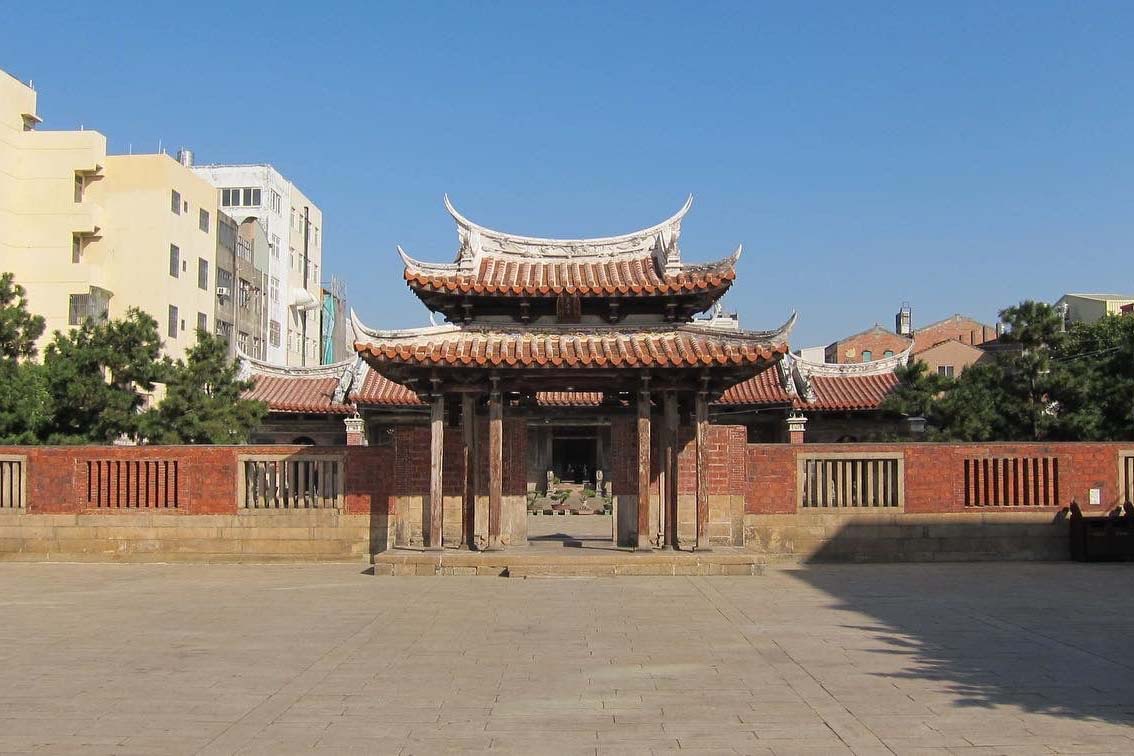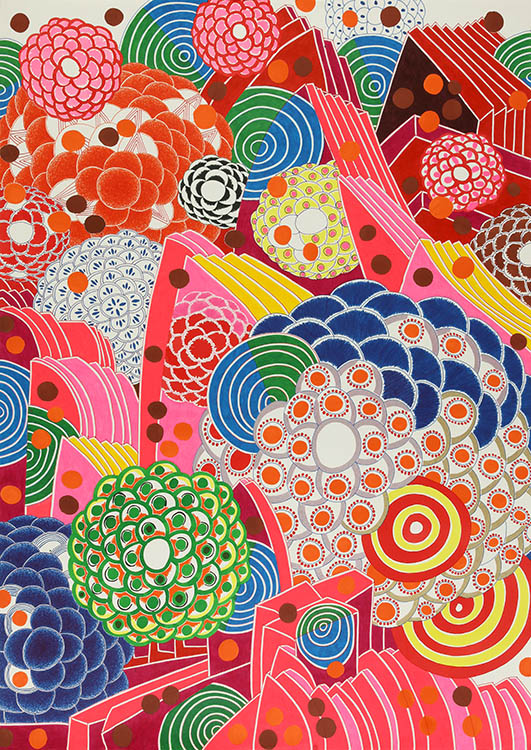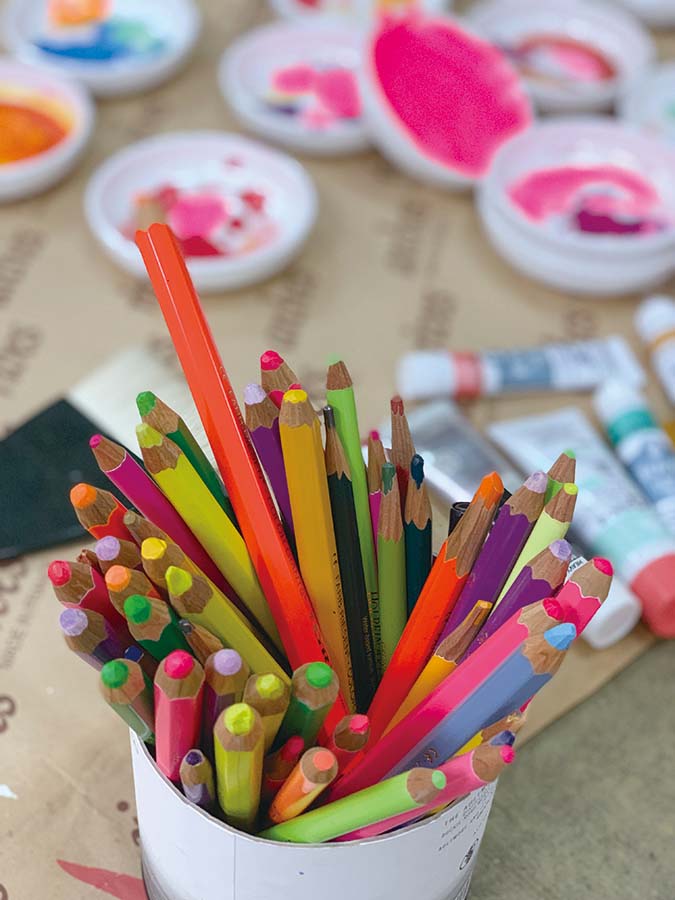Tzeng Yong-ning’s Newest Series
by Richard MC Chang (Translation by Timothy Chang)
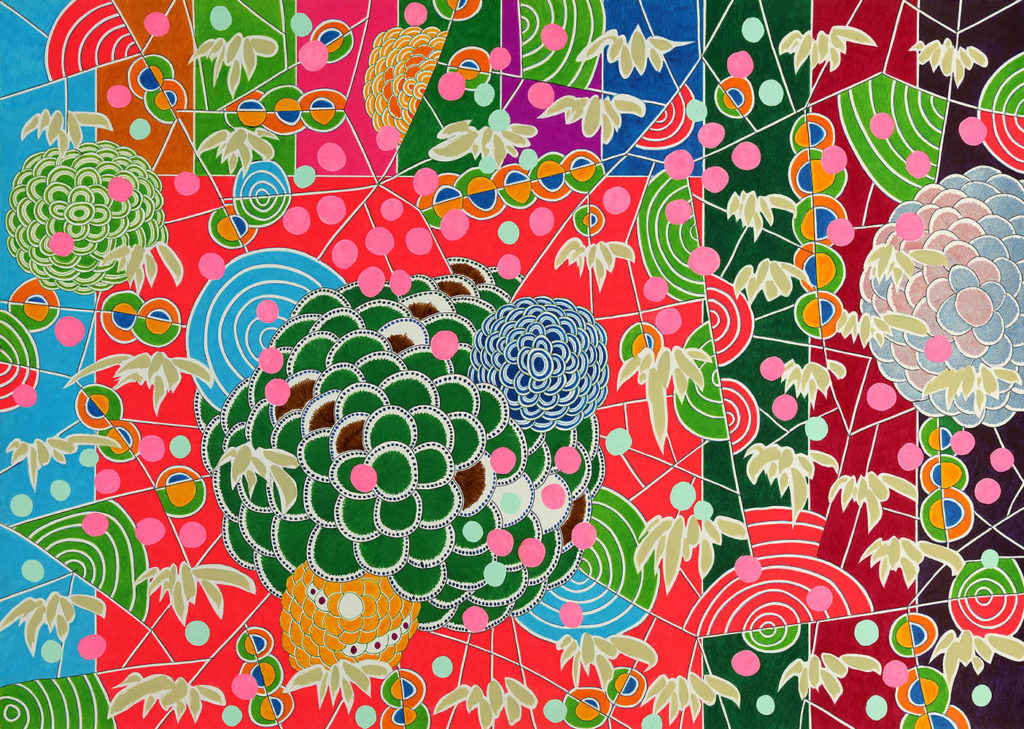
The seemingly abstract works by Tzeng Yong-ning are often embedded with traditional motifs reflective of the cultural heritage of his hometown of Lukang.
Located on the west coast of central Taiwan, Lukang served as a major trading port in the 19th Century. The abundance of trade and subsequent wealth led to the growth of commercial and religious architecture, much of which is well preserved today.
Tzeng’s Brocade of Spring series, features many motifs taken from traditional architecture. The jagged white lines found throughout the composition resemble wooden lattice windows, while the background shapes are reminiscent of brickwork and masonry. The dabs of golden ink not only allude to the art of calligraphy, but also the beloved motif of bamboo.
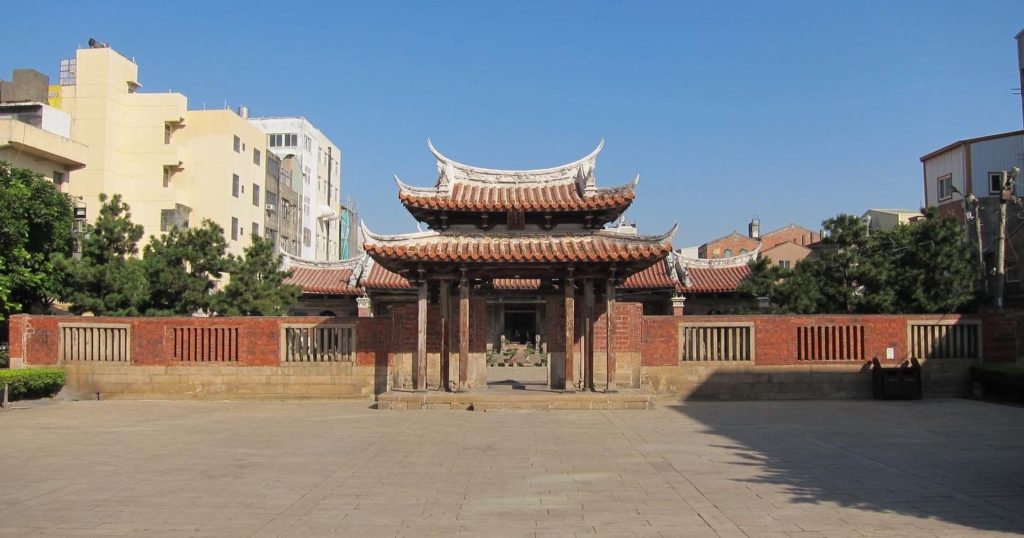
Relatred Journals
Primitive Ecology of Art
Essay
Primitive Landscape of Belief
The term “primitive” can be defined as an initial stage in evolutionary development. “Ecology” is the state in which organisms live and adapt in a given natural environment. Therefore, “primitive ecology” refers to an ecosystem independent of and undisturbed by external human activity. To borrow terms and definitions from the discipline of ecology to describe Tzeng Yong-ning’s art of course evolves a certain degree of appropriation.
Empty Ball-point Pen Cartridges, Tzeng Yong-ning’s Studio, Guandu, 2019. Photo: Yu Ming-lung
Landscape Uphill
Catalog Entry
Tzeng Yong-ning’s Landscapes, Passing Leaps and Bounds
Landscape – Uphill feature an ensemble of bizarre shapes stacked on top of each other. The ensemble appears to bare visual weight, especially in contrast to the small and large circles surrounding it.
Tzeng Yong-ning, Landscape – Uphill 04, 2020 © Tzeng Yong-ning
Alchemy
Essay
The Flower of Plenary
Tzeng Yong-ning considers himself as a “barbarian,” because the environment he grew up in, was either the countryside, in mountains or by the sea. Due to his childhood interest in art and the encouragement of his father, who was an amateur photographer, Tzeng spent a great deal of time in nature, sketching, taking photographs, and ultimately leaving a large portfolio of botanical illustrations, all of which later served as inspiration for his art. His first solo exhibition came to be titled Barbarian Garden.
Tzeng Yong-ning’s Studio, Guandu, 2019. Photo: Yu Ming-lung

